“The future of landscape architecture includes me,” proclaims Katie Coyne, Certified Ecologist and Principal at Asakura Robinson, a planning, urban design, and landscape architecture firm. With a background in both ecology and community planning and sustainable design, Coyne leads the Urban Ecology Studio at Asakura Robinson, working alongside planners and design professionals to incorporate resilient design principles into the firm’s work. While Coyne works alongside landscape architects, she is not a professionally trained landscape architect, so when asked to present on the topic of “Next Practices in Landscape Architecture” for the Land8x8 Lightning Talks in Austin, TX, Coyne considered the economic, cultural, social, and ecological goals that must be balanced for a resilient future and developed the following 10 points to guide the future of the profession.
- The future of Landscape Architecture is not a silo. In order to solve the complex challenges of climate change, rapid urbanization, food insecurity, and inequality (just to name a few), we need to be collaborators. Landscape architects are working on dynamic projects that require a diversity of perspectives and expertise. By leveraging our partnerships with planners, engineers, scientists, ecologists, and policymakers, we can work together to put the best solutions forward.
- The future of Landscape Architecture is multi-scalar and uses systems thinking. Landscapes are complex systems. The challenge of contemporary landscape architecture is to manage the dynamic interrelationships between cultural and environmental systems across scales. In response to Hurricane Harvey, the city of Houston created a resiliency strategy to increase the capacity of individuals, communities, and systems within the city to survive, adapt, and thrive in conditions of shocks or stress. The strategy is a roadmap to build resilience, recognizing that many systems that must work together in order to succeed. In order to measure Houston’s resilience, the city studied 12 drivers of resiliency – including leadership strategies, health and wellbeing, economic prosperity, communication infrastructure, and environmental assets. This framework can be used to evaluate existing policies, identify areas of weakness, and measure progress across neighborhood and regional scales.
- The future of Landscape Architecture actively advocates for equitable practice and results. Community engagement is common for landscape architects, but few projects actually empower citizens to define their own vision for the future. Vision Galveston, a nine-month community-visioning project, focused its outreach efforts on inclusivity, ensuring that the demographics of the community were represented in their engagement results. The project gathered public input in order to analyze problems, identity solutions, and ultimately provide recommendations for new policies and programs to address an array of problems facing the city – ranging from resiliency, the economy, housing, jobs, education, parks, land use, and transportation. Reaching 15% of the community, or over 7,500 people, this project mobilized the citizens of Galveston, empowering them to take ownership of their public space.
- The future of Landscape Architecture aims for both science-based and community-empowered practice. Through the use of scientific analysis and community engagement, we can ensure equitable outcomes. With a desire to expand access to the health benefits of parks, Houston used both scientific and community data in order to identify the park investments that would have the most impact on community health disparities. The Healthy Parks Plan for Travis, Bastrop, and Caldwell Counties used GIS data to identify high need areas based on community health, socioeconomic vulnerability, flooding vulnerability, poor air and water quality, and park access. Then, the project engaged these high-need communities to determine the desired park amenities that would ensure park use by community members. With this community feedback, the team created design guidelines that ensure parks have a mix of physical, mental, and environmental health opportunities.
- The future of Landscape Architecture is not the last phase of the design process. Landscape architects should be involved in the entire process – from ideation to realization. The pre-design phase is critical to establish project goals, identify opportunities, anticipate problems, and maximize potential. When possible, landscape architects should advocate for these services, as early collaboration with the client and consultant team will increase the diversity of ideas and can prevent conflicts later on.
- The future of Landscape Architecture stacks benefits literally and systematically. In order to integrate nature into our cities, we must deploy unique strategies to provide green infrastructure on parcels where buildings or other impervious surfaces limit what the standard landscape code can accomplish. Functional Green, a proposed standard listed in Austin’s Land Development Code, sets a target score for each development parcel that represents the ecological function of a site relative to the total site area. This is an ecosystem-services based metric that sets a baseline of what we should expect from developers working in our most dense, urban places. Developers are given the flexibility to provide a range of landscape elements such as plantings, green roof, and porous pavement to meet their Functional Green score. By layering these benefits, the goal is to achieve enhanced ecological benefits in the city.
- The future of Landscape Architecture responds to different cultural, ecological, and historical contexts. In order to create a place that is embraced by the community, designs must reflect the diversity of users and the history of the site. When asked to assist San Antonio with their Trail Design Strategy – which includes a growing network of 69 miles of multi-use trails that wind through the regions natural landscapes and many of San Antonio’s major waterways – Coyne and her team broke the system into six unique “Character Areas”. The interventions recommended are based on the unique cultural, ecological, or physical context of trail segments, ensuring that the trail enhancements reflect the unique character of the neighborhood in which they will be placed.
- The future of Landscape Architecture is dynamic because climate is changing. With the occurrence of extreme weather events – such as flooding, drought, and tornadoes – continuing to increase in frequency, we need to design parks to be resilient to change. Designing parks to flood is one solution that landscape architects have executed. Gene Green Park in Houston was designed in collaboration with the Harris County Flood Control District as a dual use detention basin and park amenity. Amenities capable of withstanding periodic flooding are located within the detention basin, including an amphitheater stage and seating, a BMX track, trails, sports fields, and wetland plantings.
- The future of Landscape Architecture is dynamic because small change helps people cope with big change. While build physical infrastructure to make cities and communities more resilient to the large-scale impacts of climate change, we cannot overlook the importance of soft infrastructure need for community psychological wellbeing. Our surroundings have a significant impact on our mental health and physical wellbeing and rapid change can mobilize stress. In order to help vulnerable communities adapt to and cope with change, we must foster resilience in individuals by creating landscapes that provide social support networks, uphold one’s connection to place, and maintain connection to one’s culture.
- The future of Landscape Architecture is political. Public policy has major implications on the work of landscape architects. The New Landscape Declaration presented bold ideas for what the discipline should achieve in the future. If we wish to answer this call to action, we must go beyond simply participating in the discourse – we must lead the discussion. We must work as community advocates, engage with policy leaders, and champion new practices that will result in design innovation and policy transformation.
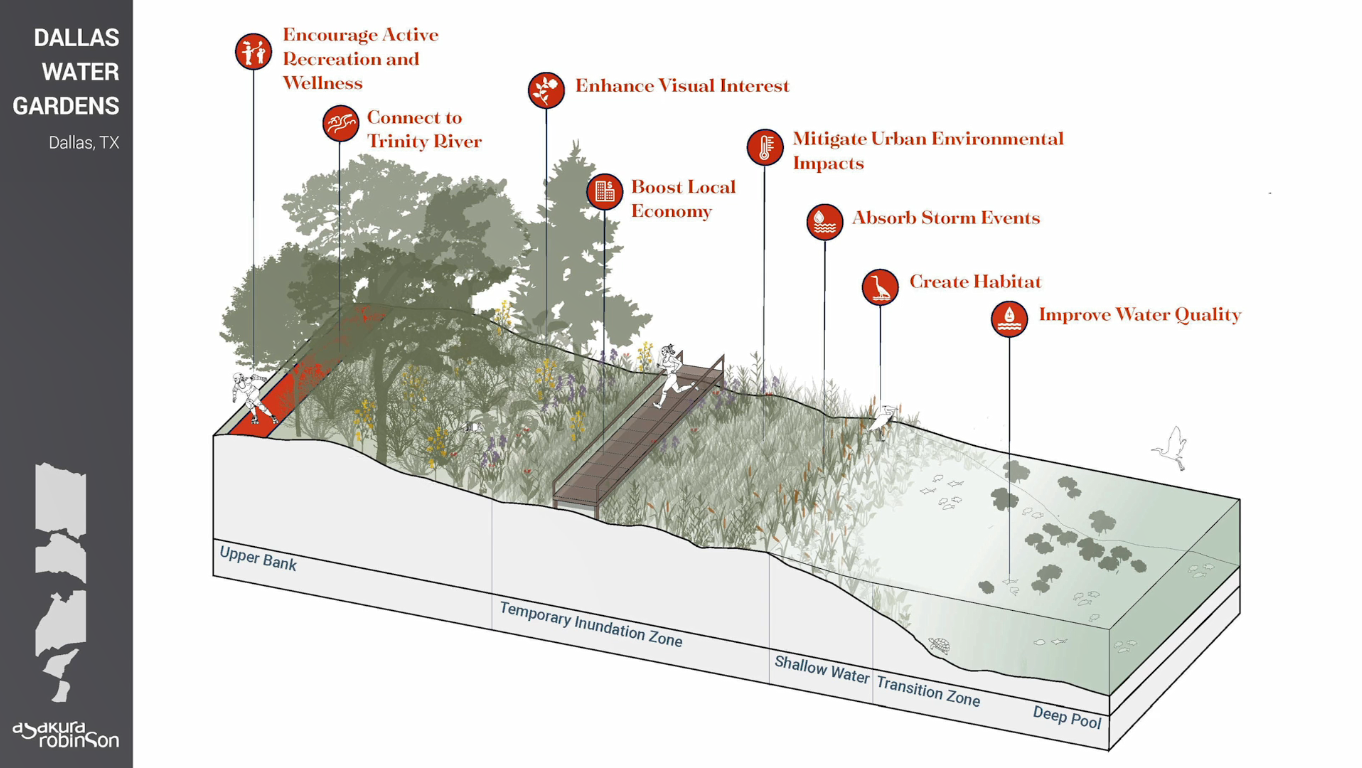
Coyne’s 10 points are intended to push the profession of landscape architecture into the future, mobilizing individuals to take action towards positive change. Some practitioners are already implementing many of these 10 points, but it will take an intentional effort by the entire design community – and allied professionals – to realize Coyne’s vision of the future.
—
This video was filmed on June 25, 2019 in Austin, TX as part of the Land8x8 Lighting Talks sponsored by Anova Furnishings.

Published in Blog, Cover Story, Featured


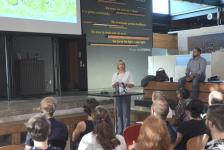
![Fill for Habitat [Video]](https://land8.com/wp-content/uploads/2022/07/land8-cover-224x150.png)
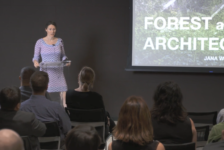
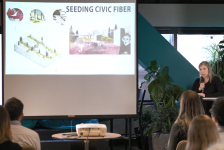
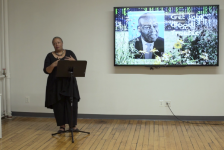
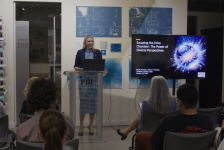
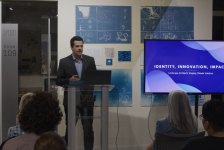
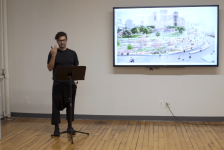
![Assuming Beauty [Video]](https://land8.com/wp-content/uploads/2019/05/walker-macy-lara-rose-land8x8-224x150.png)